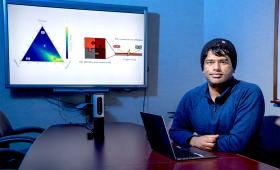A multi-disciplinary team used chemical transient kinetics and microkinetic modeling to understand a key reaction in electrochemical CO2 conversion.
Science and Technology Highlights

New research by Lawrence Livermore National Laboratory, the University of Oklahoma, and other collaborators significantly changes how we understand the global nitrogen cycle.
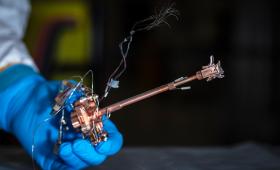
The details of the historic Dec. 5, 2022, fusion ignition experiment are presented in the Feb. 5, 2024, issue of Physical Review Letters.

Seven teams of LLNL researchers were honored with the Defense Programs Award of Excellence for their outstanding contributions.
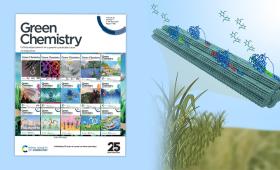
A research team sheds new light on how to access the sugars locked up in plant materials in order to convert byproducts into new feedstocks.
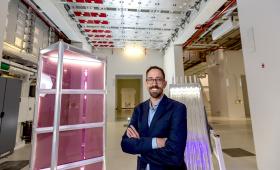
Studies using recent ignition experiments indicate such an upgrade in laser energy could increase fusion output by a factor of 10, resulting in yields in the 30 MJ range.
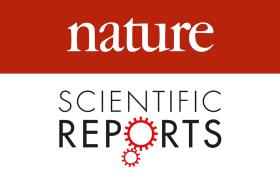
Scientists at LLNL have found that synthetic antibacterial minerals exhibit potent antibacterial activity against topical MRSA infections and increase the rate of wound closure.
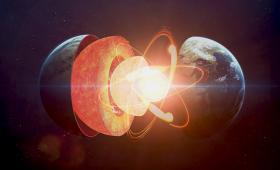
Researchers combined lasers and X-ray diffraction methods to examine how different crystal structures of iron are related to each other.
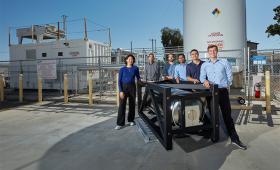
Researchers from LLNL and Verne, a San Francisco-based start-up, have demonstrated a hydrogen storage system that can support heavy-duty vehicles, such as semi trucks.

“Roads to Removal: Options for Carbon Dioxide Removal in the United States,” charts a path for the United States to achieve a net-zero greenhouse gas (GHG) economy by 2050.

